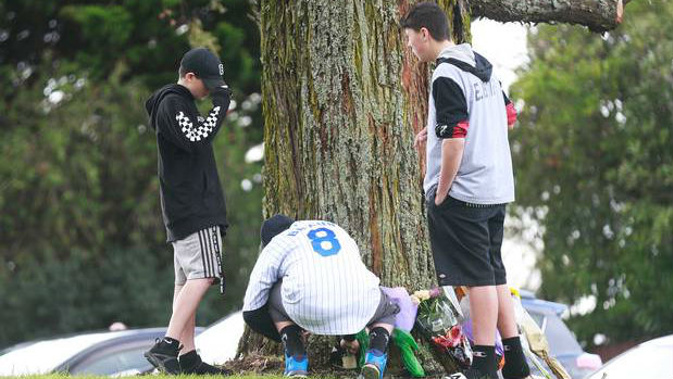
Ten high-risk roads will be made safer over the coming months after a disturbing spike in deaths and serious injuries on Auckland's roads last year.
In the year to December 2017, the number of road deaths in Auckland rose from 36 to 56 and serious injuries increased by 24 per cent from 510 to 634 from the previous year.
Auckland Transport is addressing the "very disturbing" rise in local road deaths and serious injuries with a range of projects, including six new red-light cameras at high-risk intersections, safety measures at rail level crossings and lower speeds around schools and town centres.
Five urban and five rural high-risk roads and intersections, plus 20 urban pedestrian projects are getting attention during the current financial year that runs from July to the end of June next year.
/arc-anglerfish-syd-prod-nzme.s3.amazonaws.com/public/ZFHODARAPZECZDFPYCVGZYKZGA.jpg)
The urban road safety improvements include two pedestrian and cycle projects in the CBD, reducing the speed limit to 30km/h and a new pedestrian crossing in the Glen Eden town centre, a signalised pedestrian crossing on Taharoto Rd in Takapuna and new traffic lights at a busy intersection in Wiri.
Rural safety improvements are planned in Dairy Flat, Silverdale, Waiuku and a new intersection at Popes Rd and Porchester Rd at Takanini.
A further $5 million is being spent improving road markings and better signage on more than 400km of rural roads.
/arc-anglerfish-syd-prod-nzme.s3.amazonaws.com/public/FB2RYXRETFDNVCRGTFZBI4GAY4.jpg)
By October, six new red-light cameras will also be installed a high-risk intersections, bringing the total red-light cameras across Auckland to 12.
The new locations for red-light cameras are at two sites on Great South Rd and Cavendish Drive in Manukau, two sites at Te Irirangi Drive and Accent Drive in East Tamaki, Great North Rd and Rata St in New Lynn, and Great South Rd and Reagan Rd in Papatoetoe.
/arc-anglerfish-syd-prod-nzme.s3.amazonaws.com/public/F2E4PUSOWFF63NH3OGVWBQBZ5Y.jpg)
The measures follow a damning review from international road safety consultancy Whiting Moyne, released in May, which found AT has had no new road safety strategy approved since being formed in 2010 and road safety had not been a priority in that time.
The review, commissioned by AT in 2017, said a 78 per cent increase in Auckland road fatalities between 2014 and 2017 was more than three times that of the rest of the country.
With this in mind, AT has made addressing road safety a major priority in its latest "statement of intent" (SOI), which sets out its priorities and plans for the next three years.
The SOI says preventative road safety has not kept pace with the strong growth in Auckland travel and growing "safety gaps" are being exposed. More traffic on high speed rural roads and static investment in education and enforcement are other problems.
In recent weeks, AT chief executive Shane Ellison has made it clear that road safety is the organisation's top priority and significant funding is being invested to make roads safer for people driving, walking and riding bikes.
The vision, he said, is for no one to be killed or seriously injured on the road.
AT is working towards a measure adopted by the Government in April for a target of zero deaths on New Zealand roads, known as "Vision Zero".
Associated Health and Transport Minister Julie Anne Genter said the "audacious" target had been successful in countries like Canada, Sweden and Norway, which have considerably lower fatality targets than New Zealand.
Take your Radio, Podcasts and Music with you









